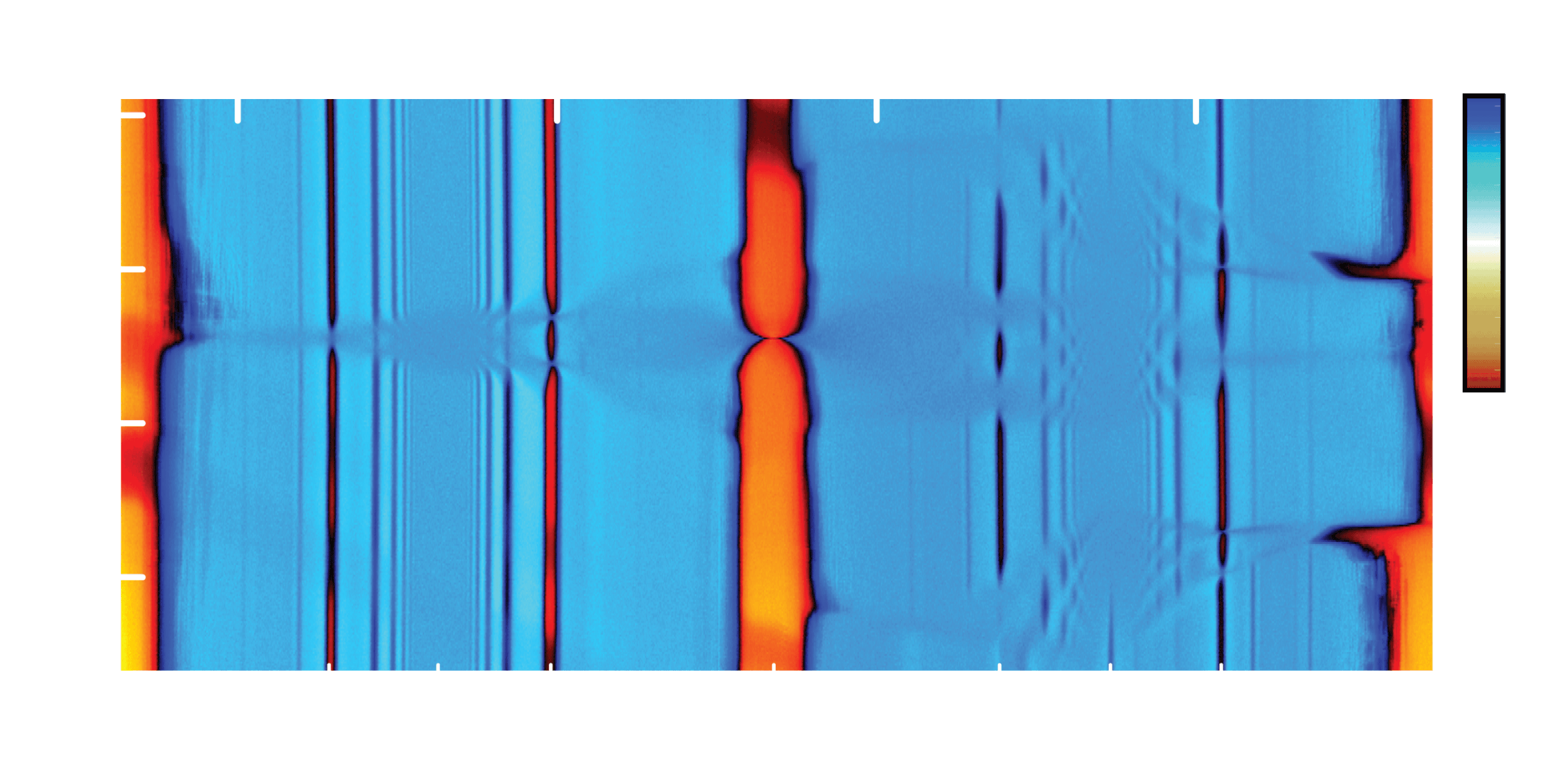Two dimensional electrons in a flat dispersion are highly susceptible to interaction driven instabilities based on broken symmetries (such as superconductivity and ferromagnetism) and emergent topology (such a fractionally quantized hall effets).
Driven by a string of technical advances in the field of two dimensional layered materials [1-2], including recently in our group [3-4], graphene heterostructures are now among the best material platforms for studying these effects, combining pristine sample quality, in situ control of electronic structure and band dispersion, and a rich landscape of broken symmetry orders arising from spin, valley, and orbital quasi-degeneracies.
Using these materials, our group has reported a number of key discoveries, including the experimental discovery of fractional Chern insulators [5], the observation of an intrinsic quantized anomalous Hall effect arising from the interplay of Stoner ferromagnetism and band topology[6], the discovery of field-effect actuated magnetic switching [7], and the discovery of magnetism and superconductivity in simple crystalline graphene allotropes [8-9].
Ongoing projects include using these devices to experimentally detect nonabelian statistics using both interferometric and thermodynamic probes, engineering nonabelian defect states in abelian fractional quantum Hall phases, and revealing the mechanisms for superconductivity in crystalline graphene systems.
[1] Dean et al., Nature Nanotechnology, 5:722-726 (2010).
[2] Wang et al., Science, 342:614-617 (2013).
[3] Zibrov et al., Nature 549:360-364 (2017).
[4] Cohen et al., Nature Physics 19:1502-1508 (2023).
[5] Spanton et al., Science 360:62-66 (2018).
[6] Serline et al., Science 367:900-903 (2020)
[7] Polshyn et al., Nature 488:66-70 (2020).
[8] Zhou et al., Nature 598:429-433 (2021).
[9] Zhou et al., Nature 598:434-438 (2021).
